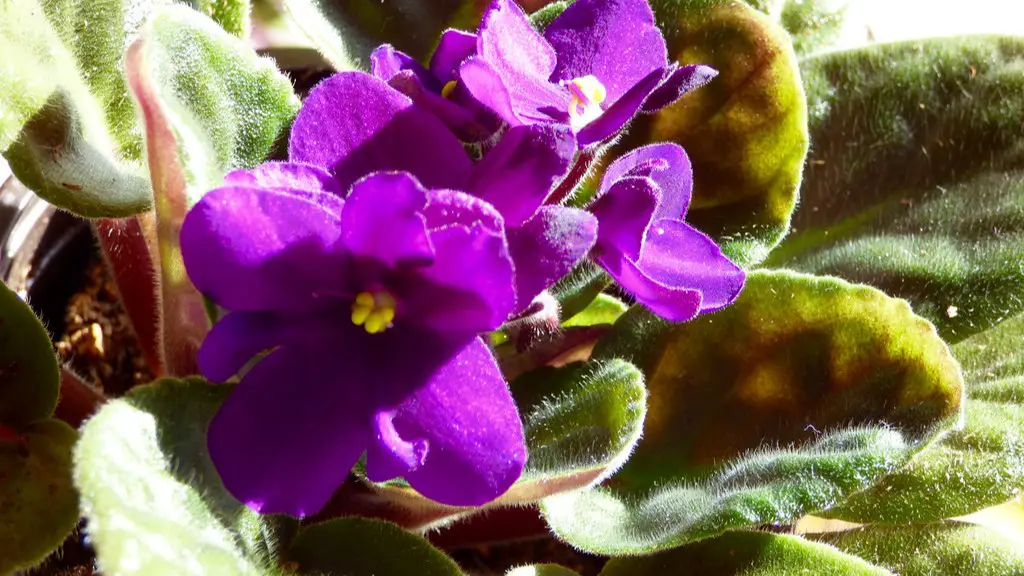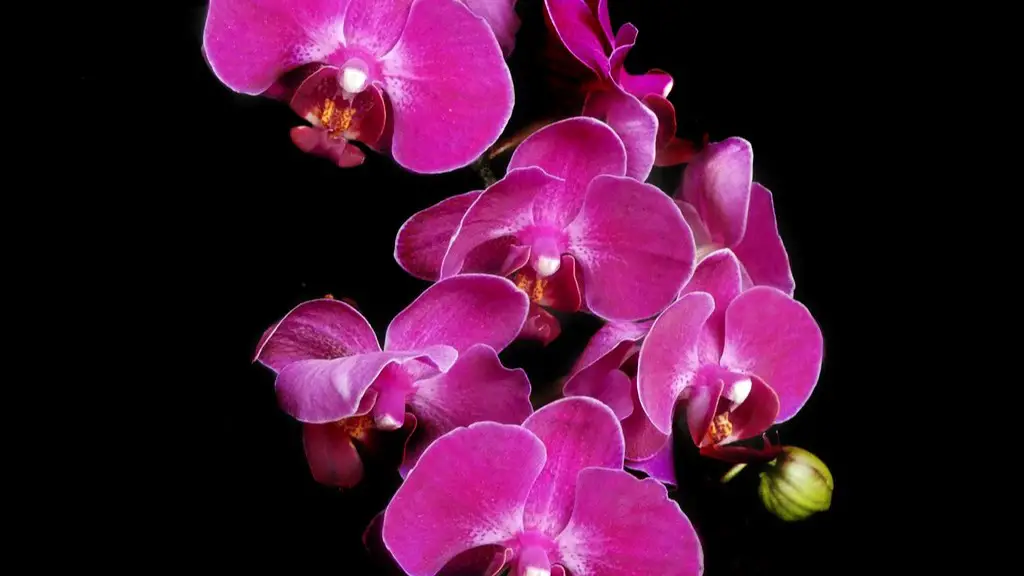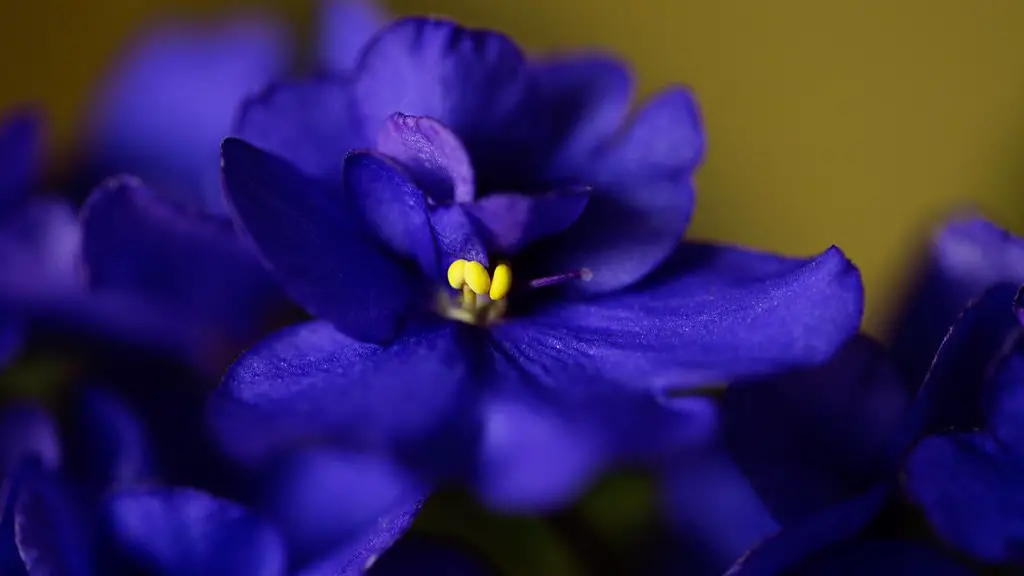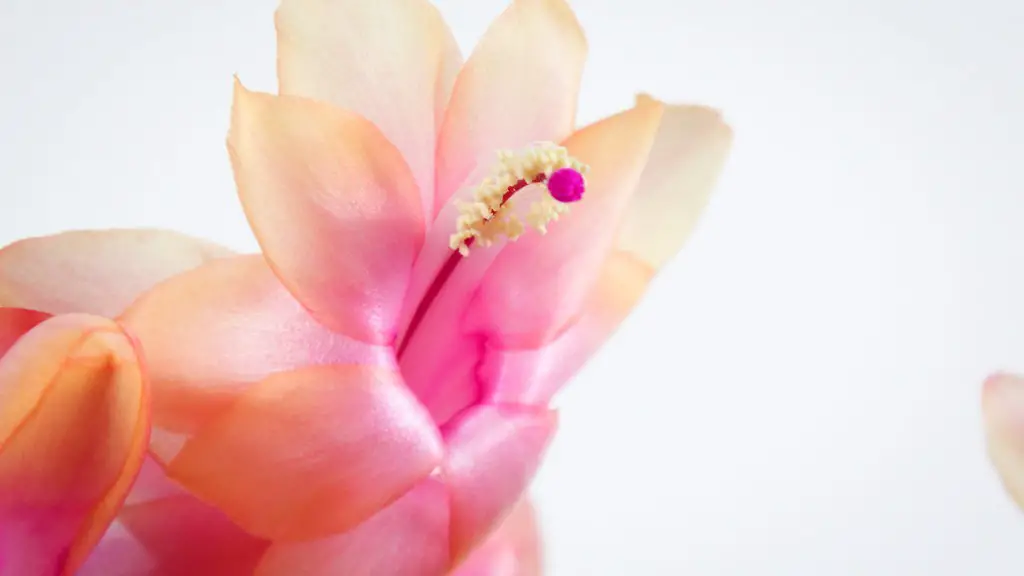African violets (Saintpaulia ionantha) are wonderful little plants that can brighten up any room in your home. They are relatively easy to care for and only require basic supplies, including a pot. But what kind of pot is best for an African violet?
When it comes to African violets, there are a few things to keep in mind when selecting a pot. First, the pot should have drainage holes to allow excess water to escape. Secondly, the pot should be slightly larger than the root ball of the plant, as African violets need room to grow. Lastly, a clay or ceramic pot is ideal, as these materials help to regulate moisture levels and prevent the roots from becoming soggy.
Do African violets need deep pots?
African Violet roots don’t go very deep; they like to go sideways, so don’t use a deep pot. Your pot must have suitable drainage holes so you can water from underneath. You can also get African Violet specific pots that have a terra cotta sleeve you plant in, and a water reservoir.
Self-watering ceramic or plastic pots are the best African violet pots because they are small (usually no more than 4 to 5 inches) and provide the proper amount of continuous moisture to your plants while allowing adequate drainage.
Why do African violets need special pots
African violets need well-drained soil in order to thrive. If the soil is too wet, it can lead to root rot, which will kill the plant. Be sure to choose a pot with good drainage holes to allow the excess water to escape.
It is best to water African violets from the bottom. This allows the water to go directly to the roots and prevents the leaves from getting wet, which can cause leaf spots. It is important to use lukewarm or warm water, as cold water can shock the plant.
Is it best to water African violets from the bottom?
It is important to keep the soil moist to dry, and allow the soil around the roots to dry out before watering to encourage blooming. Water from the bottom with room temperature water by placing the plastic grower’s pot in water, and allowing the plant to absorb the water ( not more than 30 minutes ).
If you want your African violets to thrive, it’s important to plant them in the right type of potting mix. A light, loose, fast-draining mix that’s 30 to 50 percent perlite or vermiculite is ideal. You can also mix up your own potting soil, adding in some perlite or vermiculite to create a well-draining mix. Keep your violets planted in small pots and re-pot them once a year to give them fresh, nutrient-rich soil.
What is the secret to growing African violets?
African violets need indirect sunlight to thrive. They can be placed in a north- or east- facing window for best results. It’s important to keep them away from cold glass, and to rotate the pot once a week so all leaves receive light. During winter months, you can extend daylight by placing them under a grow light.
This is an all-purpose fertilizer that can be used on a variety of African violets and blooming houseplants. It is a complete fertilizer that includes all the essential nutrients needed for plant growth.
Where is the best place to put an African violet
African violets need bright, indirect light in order to thrive. A spot near an east or north window is typically a good place to put them, as long as they’re not in direct sunlight. If you don’t have a suitable window, you can also place them under a fluorescent light fixture with two 40-watt tubes.
African violets should be re-potted in fresh soil every 6 months and kept in the same size pot. This will help them to stay healthy and thrive.
How often should you water an African violet?
A wicking system is a great way to make sure your African violets are never over watered. By only watering once a week and allowing the plant to completely dry between waterings, you can prevent root rot and other problems associated with overwatering.
It is important to water African violets carefully to avoid leaf spotting and crown rot. Use room temperature water and do not mist the foliage. Allow the water to soak into the soil and then remove any excess water from the saucer.
How do I know if my African Violet needs to be repotted
As the plants grow, they can be repotted into larger pots so that they don’t get too root-bound. African violets like to be pot bound and will actually bloom better when slightly pot bound. When you do repot, be sure to use a pot that is only 1-2 inches larger in diameter than the pot the plant is currently in. Be sure to use a well-draining potting mix that is formulated for african violets.
African Violets are a beautiful and popular houseplant. To keep them looking their best, it’s important to clean their leaves on a regular basis. The best way to do this is to fill a spray bottle with room temperature or tepid water and spray the leaves. Then use your fingers to rub the top and bottom of the leaves. You can also use the spray bottle method to clean the leaves with liquid soap.
Is coffee grounds good for African violets?
Coffee grounds are slightly acidic and contain nitrogen, which helps plants grow healthy foliage. Occasionally sprinkling used coffee grounds on top of your African violet potting soil can be good for the plant.
It’s best to let your African violet’s water sit for 24-48 hours before giving it to your plant, but if you can’t, then let it stand for at least an hour. This will help ensure that the water is either tepid or at room temperature, as your plant is very finicky about its water.
Final Words
The best pots for African violets are those that are well-drained and have a bottom drainage hole. Clay or ceramic pots are ideal.
There are a few factors to consider when choosing the best pot for your African violet. The size of the pot should be appropriate for the size of the plant, and the material should be well-draining to prevent root rot. A lightweight pot made of ceramic or plastic is a good option. Be sure to choose a pot with drainage holes to allow excess water to escape.





